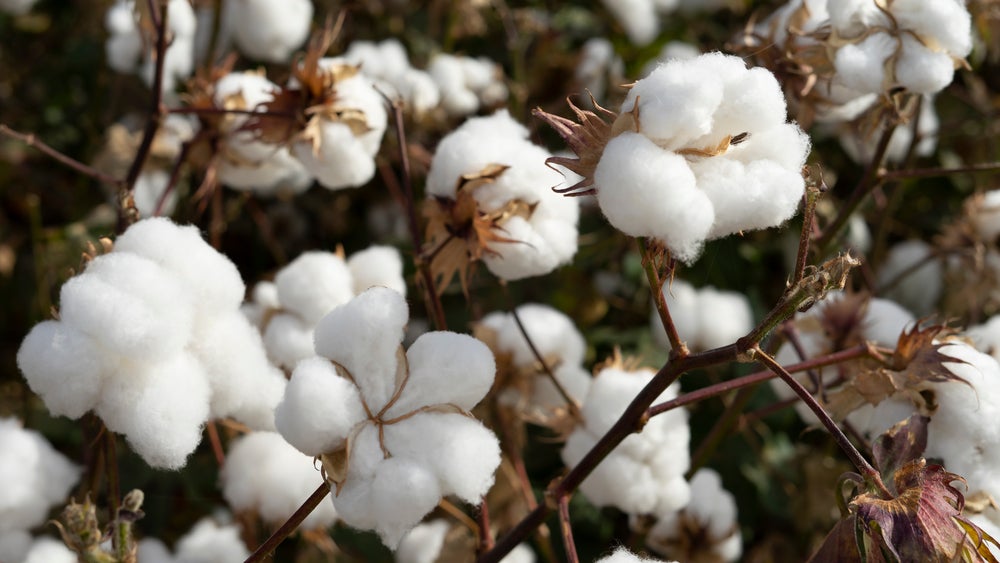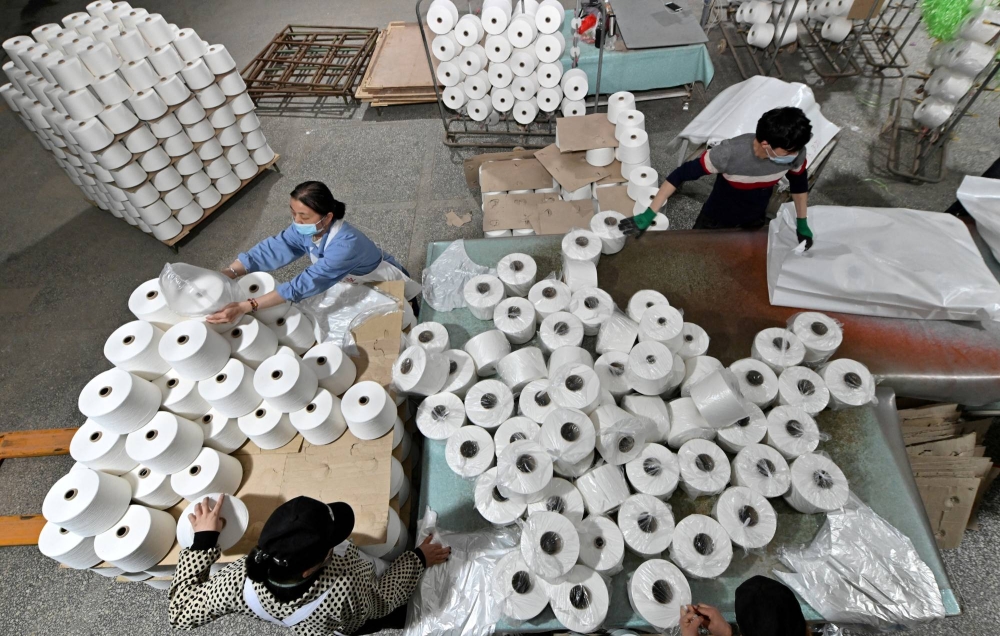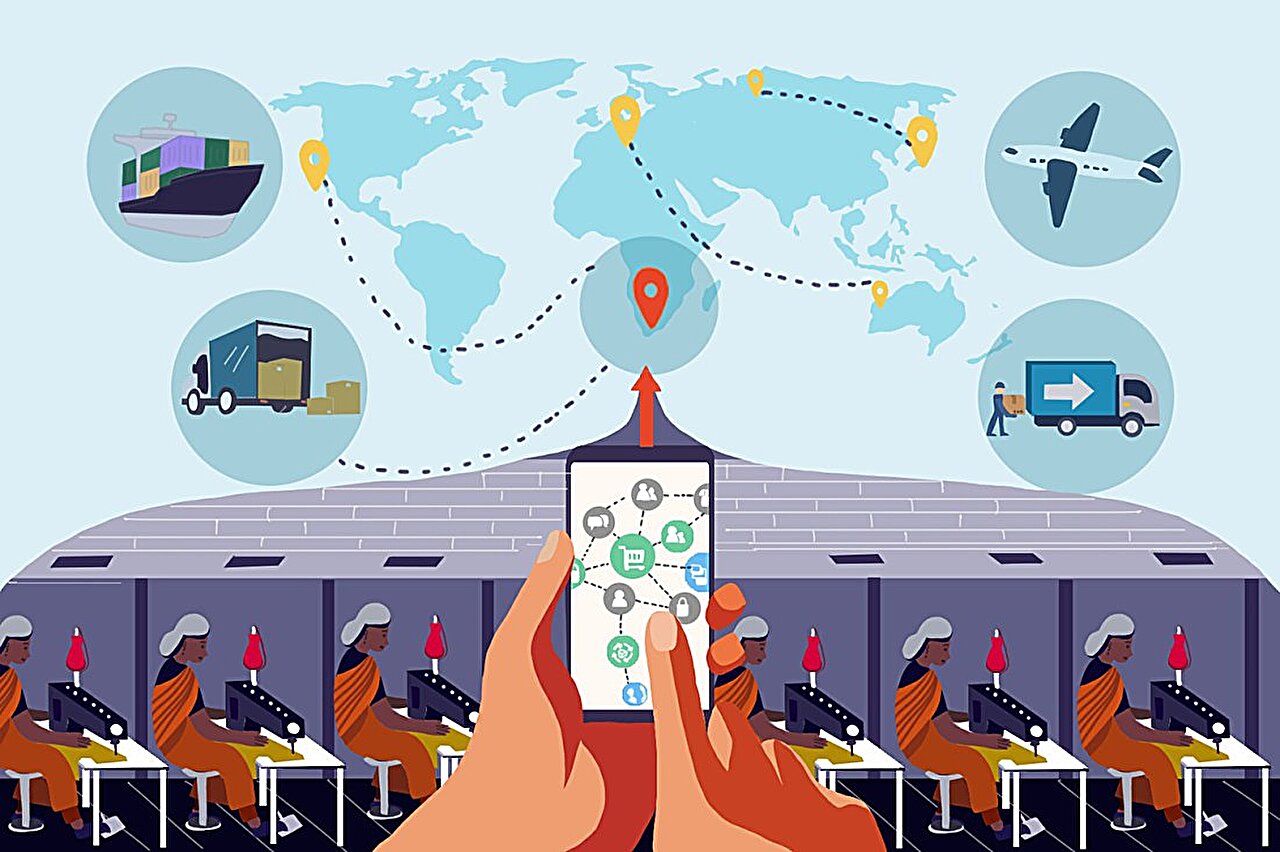






Forced labor in the clothing industry is a widespread issue, with an estimated $161 billion worth of apparel and textile goods at risk of being produced with forced labor [2f8b8df9]. A recent study conducted by researchers from natural resource analytics firm Stratum Reservoir and DNA lab Applied DNA Sciences has revealed that traces of banned Chinese cotton were found in 19% of merchandise sold by U.S. and global retailers in the past year [de565602]. The study analyzed garment samples, cotton swabs, and shoes from big box retailers and e-commerce platforms. Using isotopic testing, the scientists were able to link the cotton to specific geographic areas, testing for traces of cotton from Xinjiang, China [de565602].
The findings of this study further emphasize the prevalence of forced labor in the clothing industry and the challenges of complying with U.S. laws aimed at blocking imports of cotton linked to forced labor in China. The use of isotopic testing provides a powerful tool to identify the origin of cotton and detect the presence of banned Chinese cotton in merchandise. This highlights the need for increased transparency and accountability in the global apparel supply chain.
The study's results are particularly significant in the context of the Uyghur region in Xinjiang, China, where forced labor practices have been well-documented. The Uyghur region is known for its cotton production, and the use of forced labor in this industry has raised serious concerns. The presence of banned Chinese cotton in U.S. and global retailers' merchandise underscores the urgent need for action to address forced labor in the clothing industry [de565602] [2f8b8df9].
A London court has ruled that British authorities must reconsider whether to open an investigation into imports of cotton allegedly produced by slave labor in the Chinese region of Xinjiang [2005aede]. The World Uyghur Congress, an international organization of exiled Uyghur groups, took legal action against Britain’s National Crime Agency (NCA) after it declined to begin a criminal investigation. The Court of Appeal overturned the previous decision, ruling that the NCA should reconsider the investigation [2005aede].
Rights groups and the US government accuse China of widespread abuses of Uyghurs and other Muslim minorities in Xinjiang, where the majority of Chinese-produced cotton comes from. The Chinese government denies the allegations [2005aede]. The Uyghur group's win is seen as a measure of justice for those who have been subjected to slave labor.
A recent report reveals that fashion executives have identified an uncertain US economy and managing forced labor risks as top concerns this year [f3f08fc2]. The Fashion Industry Benchmarking Study highlights that shipping delays and supply chain disruptions are also major concerns. Despite economic worries, about 75% of respondents feel optimistic about their sourcing and business outlook over the next five years. The report emphasizes that brands are making efforts to map and understand their supply chains to mitigate the risk of forced labor. More than 90% of respondents are mapping their entire apparel supply chains from Tier 1 to Tier 3 this year. Since the implementation of the Uyghur Forced Labor Prevention Act, over 80% of respondents intentionally reduce sourcing from high-risk countries and 75% have banned the use of Chinese cotton in their apparel products. To mitigate risk, 45% of respondents are considering sourcing destinations beyond Asia. This year, more respondents cited sourcing from India than from Bangladesh for the first time [f3f08fc2].
Other concerns for fashion executives include managing geopolitics and political instability related to sourcing, protectionist trade policies in the US, increasing production and sourcing costs, meeting consumer demands, and market competition from e-commerce [f3f08fc2].
Efforts are being made in the European Union (EU) and the United States to ban products made with forced labor. Australia has also taken steps to combat modern slavery by criminalizing it and requiring large businesses to release annual reports on their efforts to address it. However, advocates are calling for an import ban in Australia to ensure that products sold in the country are not the result of forced labor [93b84c1f].
China's Xinjiang region, which supplies one-fifth of the global cotton supply and 90% of China's own stocks, is facing challenges after the US ban on cotton from Xinjiang. The ban has forced a shift to the domestic market for the textile industry, as global retailers have severed their supply chains from Xinjiang due to allegations of forced labor. However, the domestic market does not fill the void created by the departure of foreign customers. The ban has put immense strain on the local economy, with a 54.6% drop in foreign direct investment and a 92% drop in exports to the US. Xinjiang's textile and apparel industry has grown considerably, but the surge in trade with Central Asia has only made up for some of the shortfall in China's textile exports. China's textile sector reported an 8.1% drop in export value compared to 2022. Weak foreign and domestic demand, along with geopolitics-induced shifts in supply chains, would mean more undercutting among clothing manufacturers. Many companies will look to move production out of the country, while others will focus on expanding overseas. Some companies are content to stay in China and adjust their business models to cater to domestic customers [25921882] [f3f08fc2].
To effectively combat forced labor, it is crucial for governments to implement stricter regulations and enforce ethical sourcing practices. Businesses have a responsibility to conduct thorough due diligence and ensure that their supply chains are free from forced labor. Consumers can contribute to positive change by supporting brands that prioritize ethical production and avoiding products that may be associated with forced labor [93b84c1f] [2f8b8df9].
The study's findings, along with the article's call to action, highlight the need for collective efforts from all stakeholders to end forced labor in the global cotton industry and beyond. By working together, governments, businesses, and consumers can create a more ethical and responsible supply chain, where forced labor is eradicated and human rights are protected [de565602] [2f8b8df9] [f8db8400] [93b84c1f] [2005aede] [f3f08fc2] [25921882].